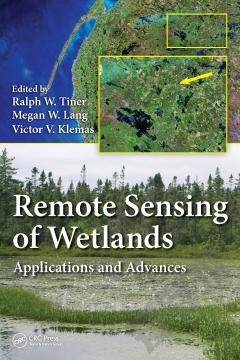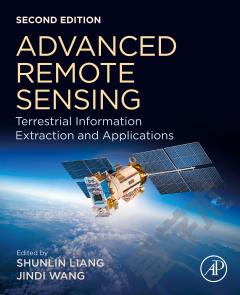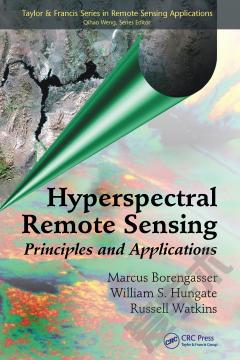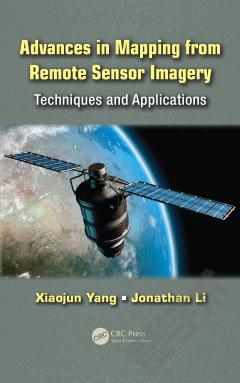Remote Sensing of Wetlands —— Applications and Advances
----- 湿地遥感
Submerged aquatic vegetation (SAV) refers to all underwater flowering plants, of which seagrass is the most important from a marine ecosystem perspective. Being submerged underwater, the remote sensing of SAV, as well as coral reefs, is considerably more challenging than for terrestrial targets. The air-water interface and overlying water column form a dynamic medium that strongly influences the transfer of electromagnetic radiation (e.g., visible sunlight) that is used in a remote sensing situation to communicate information about submerged targets. As a result, the spectral differentiation of SAV and coral habitats using optical remote sensing demands specialized strategies, even if the depth of submergence is only a few meters. When submerged features are visible within remote sensing imagery, a situation termed âoptically shallow water,â SAV, and coral habitats can be mapped. Conversely, if the lake or seabed is invisible due to excessive turbidity or water depth, termed âoptically deep water,â benthic features cannot be mapped using satellite or airborne optical remote sensing. Therefore, optically deep and optically shallow waters require different application of technologies and/or also integration of field and image-based datasets. This chapter will provide insight into the use of remote sensing to map submerged features found in coral reef and SAV environments.
{{comment.content}}








 京公网安备 11010802027623号
京公网安备 11010802027623号